
UDK: 576.3/.7.086.83:612.014+616.3
I.E. Kotkas, N.I. Enukashvili, Sh.M. Asadulaev
ФГБОУ ВО «Северо-Западный государственный медицинский университет им. И.И. Мечникова» Министерства здравоохранения Российской Федерации
The increase in the number of patients with diffuse liver diseases, the lack of efficacy from conservative treatments that produce long-lasting and stable outcomes, contribute to the search for alternative treatments. The goal is to assess the effectiveness of using autologous mesenchymal stem cells in treating patients with diffuse liver disease. Materials and methods: the study involved 2 groups of patients of 20 people each. The main group included patients who used autologous mesenchymal stem cells (20–25 million) introduced into the vascular liver channel as therapy. The control group included patients who were treated with L-ornithine-L-aspartate 1 package 3 times a day for 30 days. Benchmarks for evaluation of treatment effectiveness were determined 1, 3 and 6 months after the therapy. Results: in the main group, 3 months after treatment, a normalization of platelet levels was observed, whereas in the control group, platelets did not reach normal values and 6 months after treatment. 1 month after treatment, hepatic enzyme levels were normalized in the main group. The result was maintained 6 months after treatment. In the control group, the level of alanine aminotransferase (ALT), alkaline phosphatase and gamma-glutamyl transpeptidase (GGTP) was above normal throughout the observation; the level of aspartate aminotransferase (AST) normalized to 3 months after treatment and then exceeded normal levels again 6 months from the start of therapy. The functional state of the liver according to the results of the lidocaine test at 6 months after treatment was normalized in 70 % of patients of the main group and in 25 % of patients of the control group. Manifestations of encephalopathy regressed in 65 % of patients in the main group and in 10 % of the control group. After 6 months of treatment, patients with low and reduced level of subjective comfort were absent in the main group, while in the control group such patients were 45 and 35 %, respectively. No complications have been identified against the background of the use of cellular technologies. Findings: the use of cellular technologies is an effective and safe way to treat patients with diffuse liver disease. Continuing research in this direction in the future will help to create algorithms for the use of stem cells in the treatment of patients with diffuse liver diseases.
cell technology, mesenchymal stem cells, diffuse liver disease, ALT, AST.
Коткас Инна Евгеньевна – к. м. н., доцент кафедры факультетской хирургии им. И.И. Грекова, заведующая хирургическим отделением клиники им. Э.Э. Эйхвальда СЗГМУ им. И.И. Мечникова, e-mail: inna.kotkas@yandex.ru